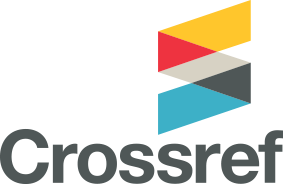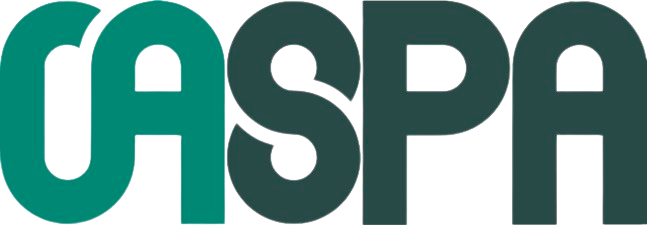Effect Ti/AlTiN Multilayer Coating on the Crater Wear Process of Cutting Tool and Tribological Properties
DOI:
https://doi.org/10.22153/kej.2017.07.005Abstract
Tool wear is a major problem in machining operations because the resulting material loss gradually changes of the machine tool. There many factors may leads to material loss like; friction, corrosion, and also it’s happened by rubbing during machining processes between the work piece and the tool. Dimensional accuracy of the work piece, and also the surface finish will be reducing by tool wear. It can also increase cutting force. In this study, we focused on the effect of the coating process on crater wear problems. Crater wear is caused by the flow between the chip and the rake face of the tool, whereas flank wear is caused by the contact between the tool and the work piece. In reducing crater wear, aluminum titanium nitride (AlTiN) using Al0.67 Ti0.33 in cathodic arc plating system is considered effective as a tools coating material. In reducing flank wear, AlTiN is also deemed as the best tool coating material. Experimentally, the use of Ti/AlTiN-coated tools has been proven effective in reducing crater wear. In this study, the roughness Ra values of the (Ti/AlTiN) coatings were (0.14, 0.15, 0.23, 0.02, 0.21) µm at values of layers thickness (1.138, 1.518, 1.735, 2.717, 3.0818) µm, respectively. The lowest COF appeared at thickness 2.717 µm and the high coefficient of friction of the Ti/AlTiN coating was a result of high roughness and the large contact surface area of the system coating steel ball. The two most important parameters used to measure crater wear are length and width of wear.
Downloads
Downloads
Published
Issue
Section
License

This work is licensed under a Creative Commons Attribution 4.0 International License.
Copyright: Open Access authors retain the copyrights of their papers, and all open access articles are distributed under the terms of the Creative Commons Attribution License, which permits unrestricted use, distribution, and reproduction in any medium, provided that the original work is properly cited. The use of general descriptive names, trade names, trademarks, and so forth in this publication, even if not specifically identified, does not imply that these names are not protected by the relevant laws and regulations. While the advice and information in this journal are believed to be true and accurate on the date of its going to press, neither the authors, the editors, nor the publisher can accept any legal responsibility for any errors or omissions that may be made. The publisher makes no warranty, express or implied, with respect to the material contained herein.
















